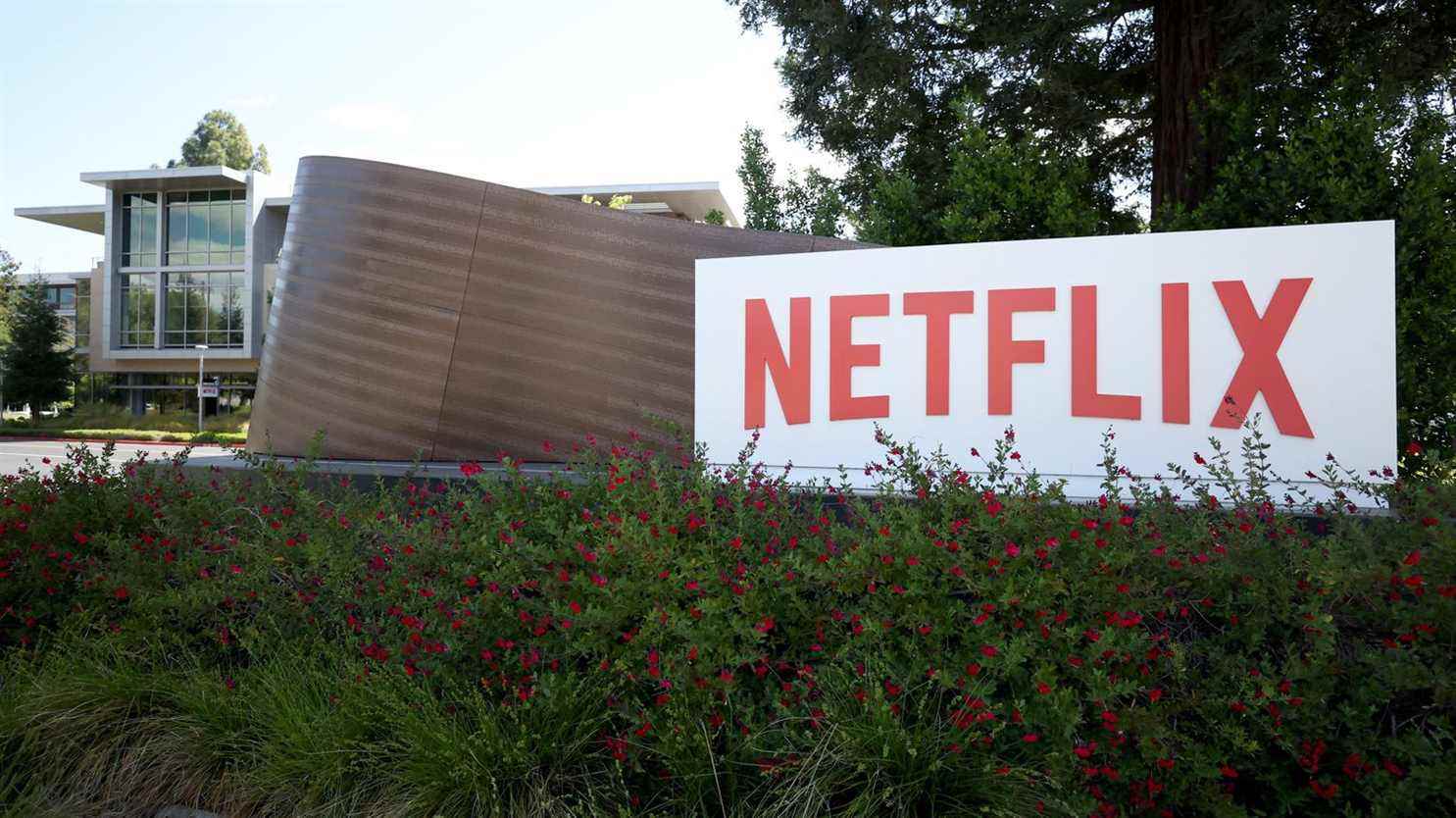It will have been enough for Netflix to drop by only 200,000 net subscribers, or less than 0.1% of the total, for Wall Street to panic, with a share amputated by more than a third of its value in a single session on Wednesday. April 20.
This loss of subscribers and the promise of“investments to boost turnover bury the beautiful history of Netflix”wrote the Wells Fargo analysts, who did not hesitate to halve their target for the share price. “Netflix has lost its shine”they asserted.
A sign that this first quarter of 2022 is not an accident, Netflix anticipates a much more marked drop, of two million net subscribers, in the second quarter. “I’m not sure if this is a turning point, but it shows the entry into a new phase of slow growth”commented Scott Zari, of S&P, “The question being how long it will last.” “Management has been pretty clear that we can only expect very weak growth in 2022 and 2023”Bank of America analysts said in a note.
The change was felt in the tone of the presentation of the results, Tuesday evening April 19. There was less talk about the success of Bridgerton Where ozarktwo flagship series of the online video service, than of these 100 million households who watch Netflix without paying thanks to shared identifiers.
“When we were growing rapidly, it was not a priority”admitted the co-founder, Reed Hastings, during the presentation. “And now we’re working hard on that.” “We don’t want to stop this sharing”nevertheless warned Gregory Peters, operational manager, but “convert better” this undue viewing into revenue. “Future growth will depend on their ability to monetize these households”said Scott Zari.
To attract these viewers on the paying side, Netflix is also preparing cheaper offers with advertising, within one or two years. After having long defended a model without ads, the company from Los Gatos in California will finally imitate its major competitors, from Disney to HBO Max, Apple remaining the only exception. “Are they behind the competition” in this matter, “yes”recognizes Jawad Hussain, of S&P, even if he “might be a little easier” that for their competitors to deploy online advertising, “because they have always been a technologically advanced group”.
For Jeff Wlodarczak, analyst at Pivotal, “it seems that the streaming market is now fully invested globally” after the Covid-19 pandemic which accelerated its penetration. “Now it’s about converting pirates, taking market share (from others) or driving up prices.” This last axis is already no longer exploitable in the short term by Netflix, which had already raised its prices again in January, to the point of becoming, in the United States, the most expensive service among all the major players.
On the budget side, “you’re definitely going to see an impact in terms of content spend”, warns Paul Hardart, professor at New York University (NYU). Netflix had so far set an envelope of 19 billion for its content in 2022, up from 17 billion last year. For Joel Mier, professor of marketing at the University of Richmond, if the announced changes are “meaningful”they stay “peripheral devices”. The “long-term strategy remains to invest in local creation and to build a presence in video games”.
With its 221 million subscribers, “Netflix remains, by far, the market leader in streaming”recalls Scott Zari. “They are very far ahead”abounds Paul Hardart, “especially on a global level, which gives them a big advantage”. Far from being a special case, the platform also offers a taste of its competitors, who “will also face these problems at some point”according to Jawad Hussain. “This is not good news for Netflix”supports Paul Hardart, “but it’s arguably a worse one for other platforms trying to assert themselves.”
